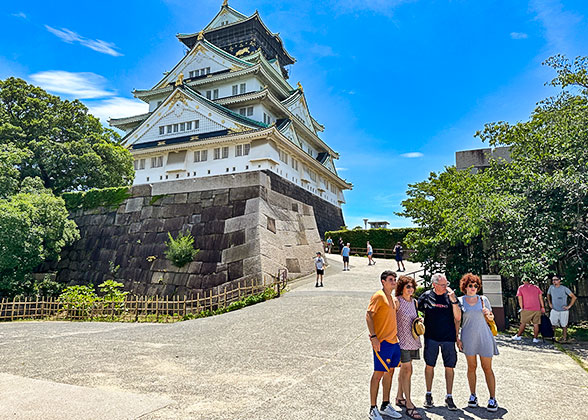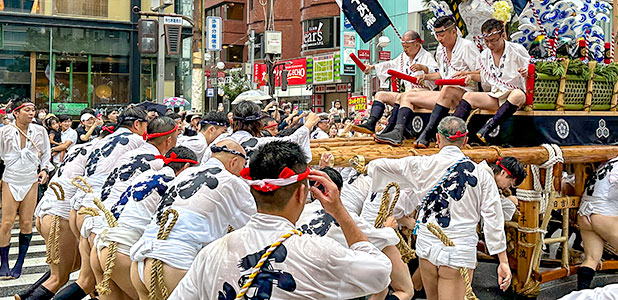Ninjadera
Located in the southern part of Kanazawa, Ninjadera, also known as Myoryuji Temple, was built by Toshitsune Maeda, the third lord of the Kaga Domain (present Kanazawa), in 1643 to act as a military defense place from the attack of Tokugawa Shogunate, the central government. At the same time, it is a Nichiren sect temple, where Kanazawa rulers once prayed.Why Was Ninjadera Built?
At the beginning of the founding of Kaga Domain, it was quite strong and powerful. However, as the rulers were not from a legitimate lineage, they had always been under the surveillance of the central government and might suffer attacks from the central government at any time. Therefore, the Kaga clan built a large number of temple buildings along the outer side of the two rivers surrounding Kanazawa, in order to deplete the military forces of the central government before they reached Kanazawa.Ninjadera is one of these temples and it was built in 1643 by Maeda Toshio, the third lord of Kaga Domain.
What Makes Ninjadera Different?
The temple, known as the most complex and sturdy structure in Japan, belongs to Nichiren sect with unique features. In the Edo Shogunate Period (1192-1867) when Ninjadera was built, buildings with three floors or more were not allowed. So Ninjadera appears to be a two-story building looking from outside, but there are actually four floors inside. In fact, if counting in the mezzanine floors, it has seven floors with 29 rooms and 29 staircases.The most unique characteristic of the temple is its multiple stairwells and passageways, hidden corridors and secret rooms which are used to monitor the surroundings and prevent invasion. Thanks to all these, it is easy to defend but difficult to attack. It also allowed the lord to quickly escape if being suddenly attacked when he was praying there. So for your safety, all need to visit under the guidance of tour guides.
In addition, in the courtyard of the temple stands a watchtower, and in the main hall there is a secret hiding place specially built for ninjas, a room specially prepared for samurai suicide. And there are also a lot of exhibitions and items related to ninjas. However, in despite of so many elements of Japanese samurai, there have never been any real ninjas appearing in this temple.
Visit Tips
1. It’s advised to make a booking in advance and it’s better book 3 months before your visit or as early as you can. Although it can be booked on the same day on the spot, there may not be available appointments or you may wait for long.
2. Guided tours are provided every half an hour from 9.00 to 16.30, and till 16.00 in the winter. The required visiting time is about 40 minutes. The tours are only in Japanese but there are available guidebooks. And it should be noted that translations between tourists are not allowed as it may make other tourists distracted in such a small space.
3. As there are continuous tourists who visit the temple throughout the day, it’s recommended to go there early in the morning or on weekdays so that you can avoid the crowds.
4. You should bear in mind that photography is strictly prohibited inside the temple.
5. The temple can only be accessed by people aged above 7.
6. On the day of your visit, it’s necessary to get to the temple 10 minutes before the reservation time.
7. During the visit, you must take off your shoes and put them into the shoe cabinet. And they do not provide slippers, so bring your own. If the weather is very cold, remember to wear a pair of warm socks.
How to Get to Ninjadera
You can take Kanazawa Loop Bus that departs every 15 minutes from bus stop 7, East Exit of Kanazawa Station, and get off at Hirokoji bus stop. It takes about 15 minutes and 210 yen. Then you can get to the temple after walking for about five minutes.Opening Hours
Weekdays: 9:00~16:00Weekend: 9:00-16:30
Winter season: 9:00~16:00
The temple is closed on January 1st, on Buddhist holidays, and it has flexible rest days.
Admission Fee
Adult: 1000 yenChildren: 700 yen
Children aged under 7 are not allowed to enter.




